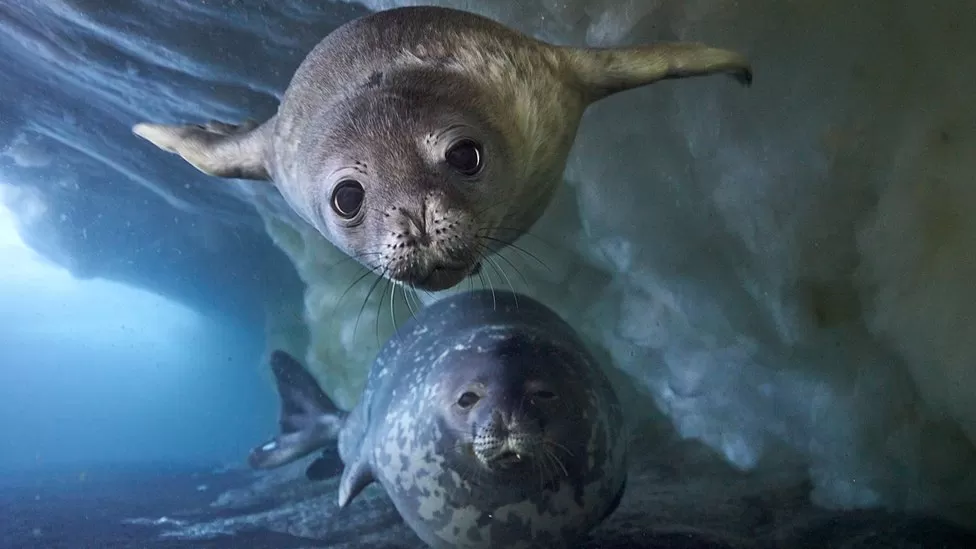High-speed drones whizz along an avalanche’s deadly wall of tumbling snow, rare Siberian tigers hunt hibernating prey, and microscopes capture ice breaking.
Now, more than a decade after the original series, Frozen Planet II is back, this time employing cutting-edge technology to give BBC viewers an unprecedented look at life in the planet’s coldest regions, many of which are in grave danger due to climate change.
Four and a half years and filming in 18 countries were required to complete the six-part series by the BBC Natural History Unit (NHU).
It catches “natural phenomena never previously observed by mankind,” as Sir David Attenborough says in the introductory scene.
One scientific paper on the Lapland bumble bee has resulted from the series’ effectiveness in uncovering novel animal behavior, and more are expected to follow.
The critically endangered Siberian tiger, also known as the Amur tiger, is featured in the premiere episode, which is the first time such behavior has been captured, as the tiger searches for food while hibernating in a cave.
There are only about 550 of them left in the wild, and it took researchers three years to finally capture one on film.
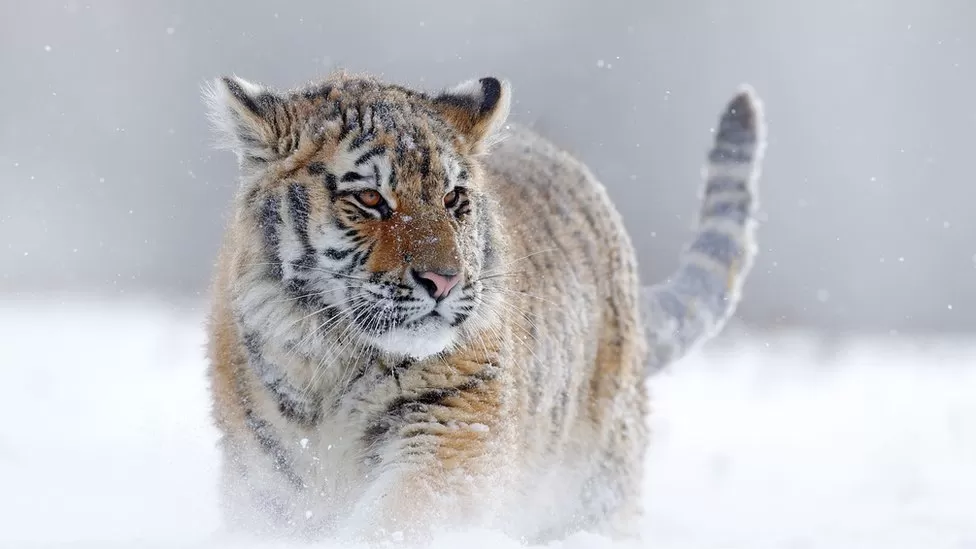
Waiting 11 years for a new series means significant advancements in camera technology.
Young emperor penguins making the perilous voyage to the ocean were captured on film as the ice beneath their feet cracked.
The time-lapse cameras were designed to record a moving tiger when motion was detected.
The NHU collaborated with space-imaging specialists to record the global ice melt.
The NHU’s employment of a brand-new class of lightweight, fast-response drones is particularly remarkable.
The crew was able to capture the scary sensation of freefalling with an avalanche down the mountain.
Drones were also employed to record footage of a massive calving of Greenland ice, an event that was both sudden and challenging to forecast.
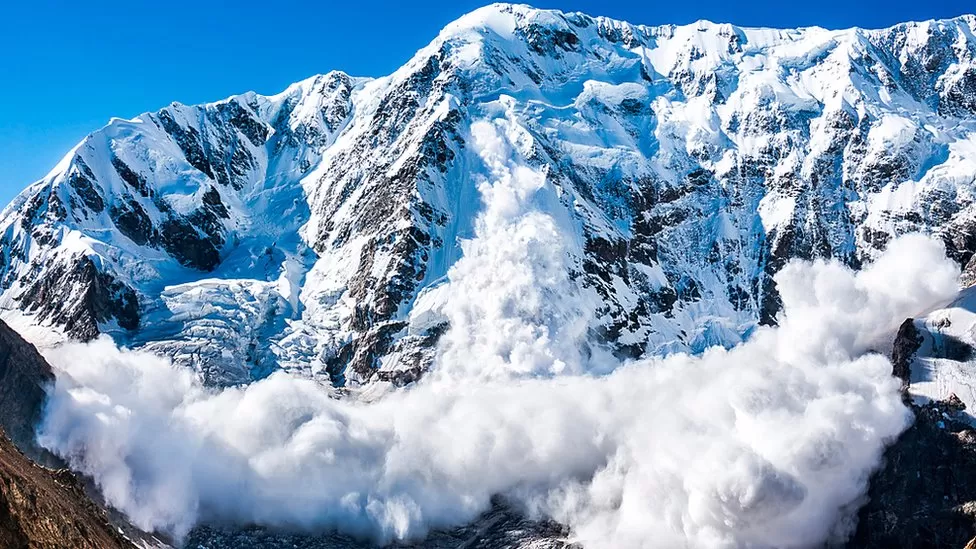
More than four weeks were spent with the crew on 24-hour watch, waiting to launch the drones nearly a mile across the ocean to reach the enormous Store Glacier.
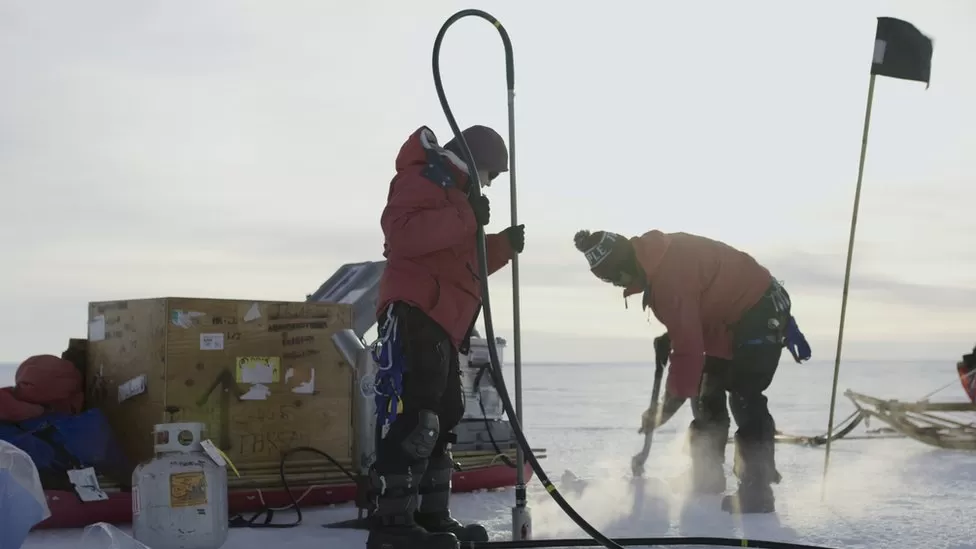
The resulting videos transport the viewer to the scene of massive ice slabs, some 100 feet (30 meters) in height, calving from a glacier.
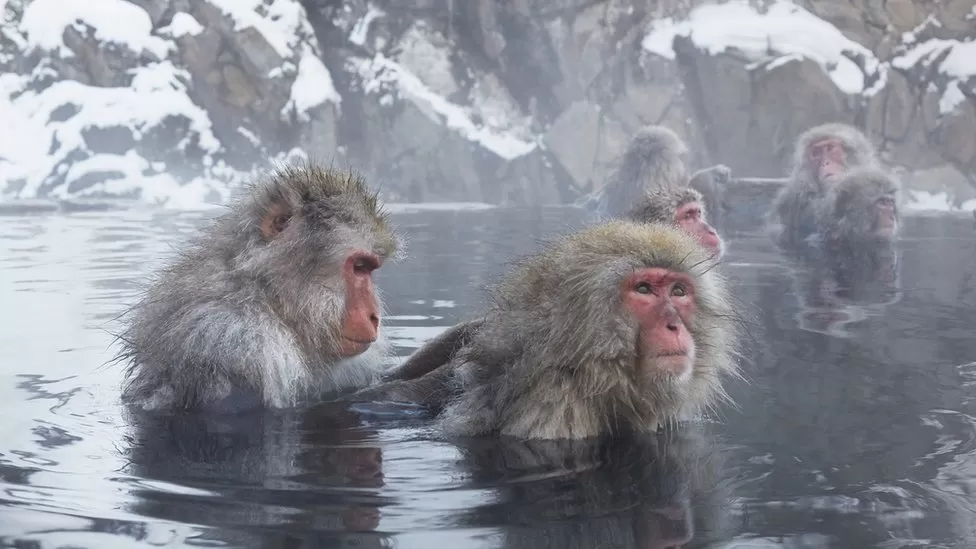
The series executive producer, Mark Brownlow, says that Frozen Planet II “draws attention to developments going on presently” in addition to collecting beautiful videos.
The United Nations reports that Greenland and Antarctica are both losing ice at rates six times faster than they were 30 years ago and that Greenland’s ice sheet has been steadily diminishing for the last 25 years owing to climate change.
(Source: BBC.NEWS)


